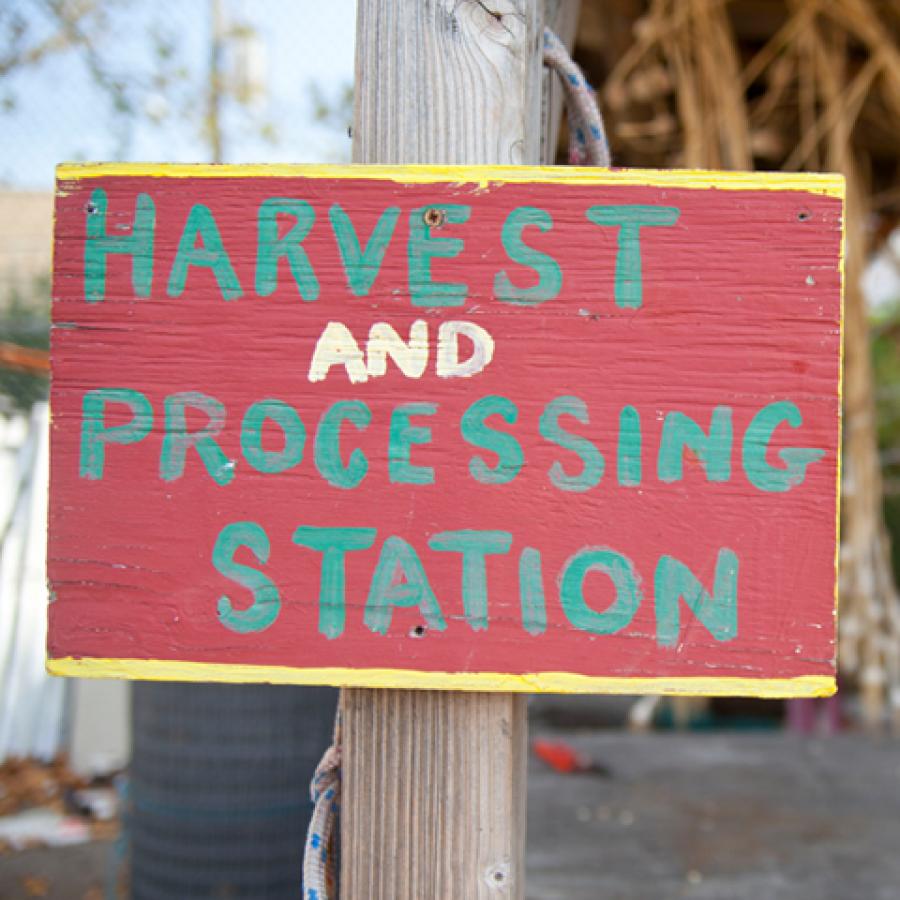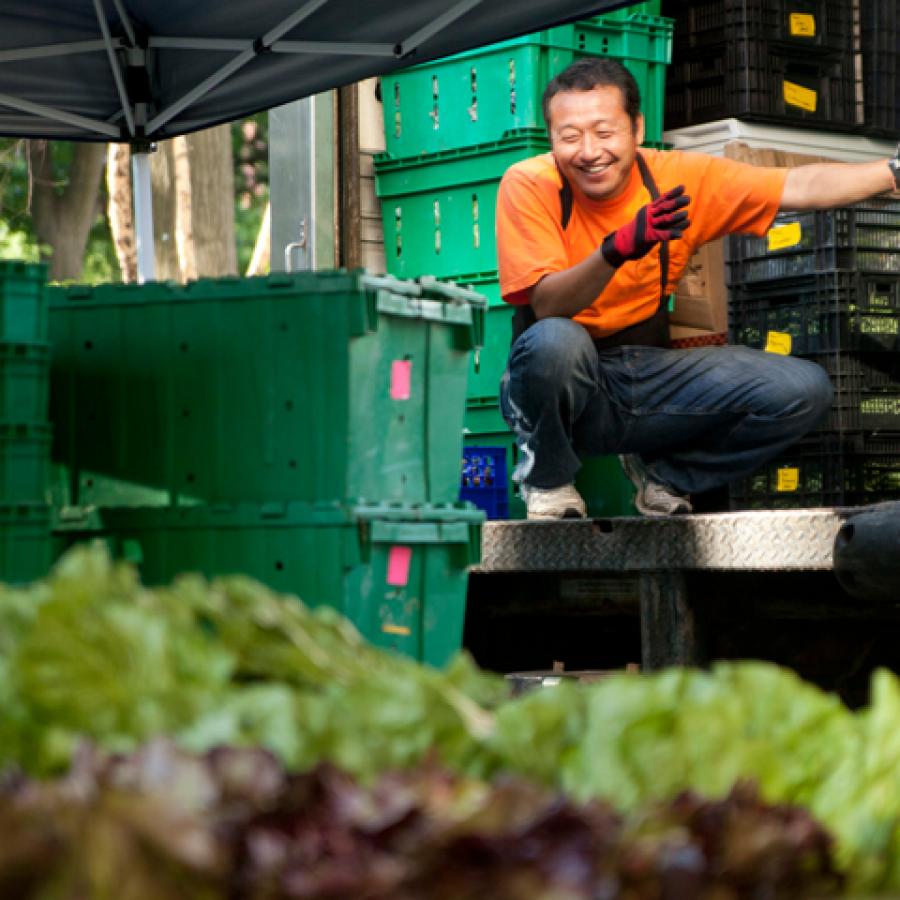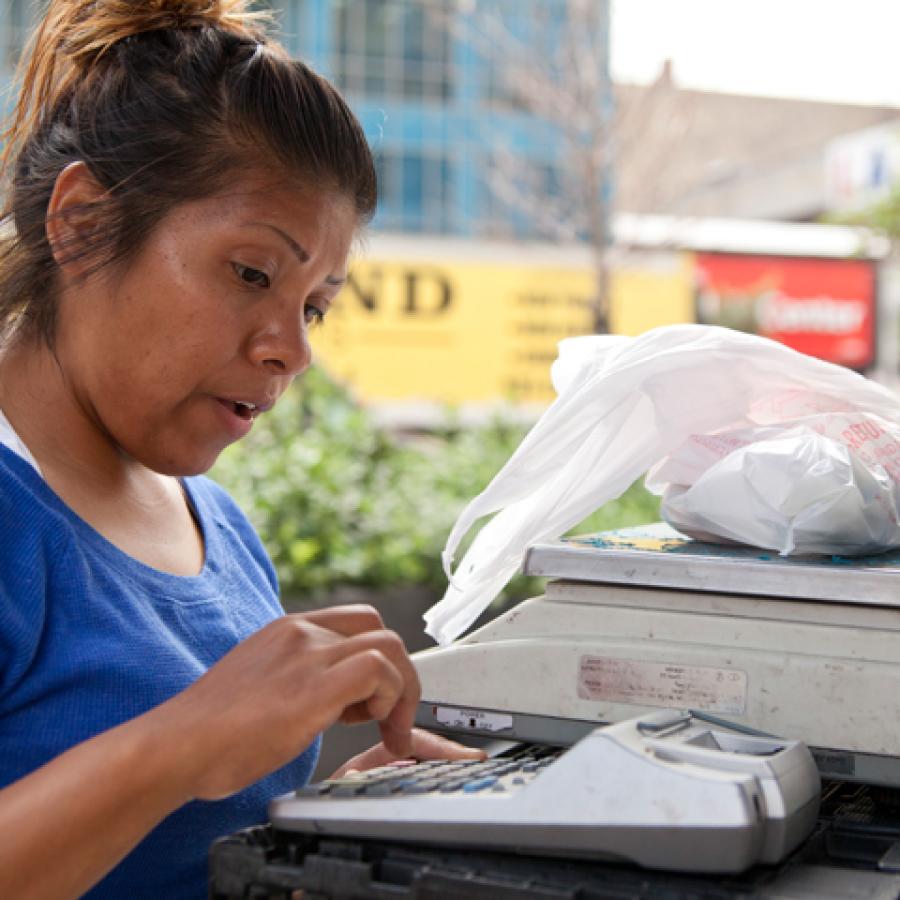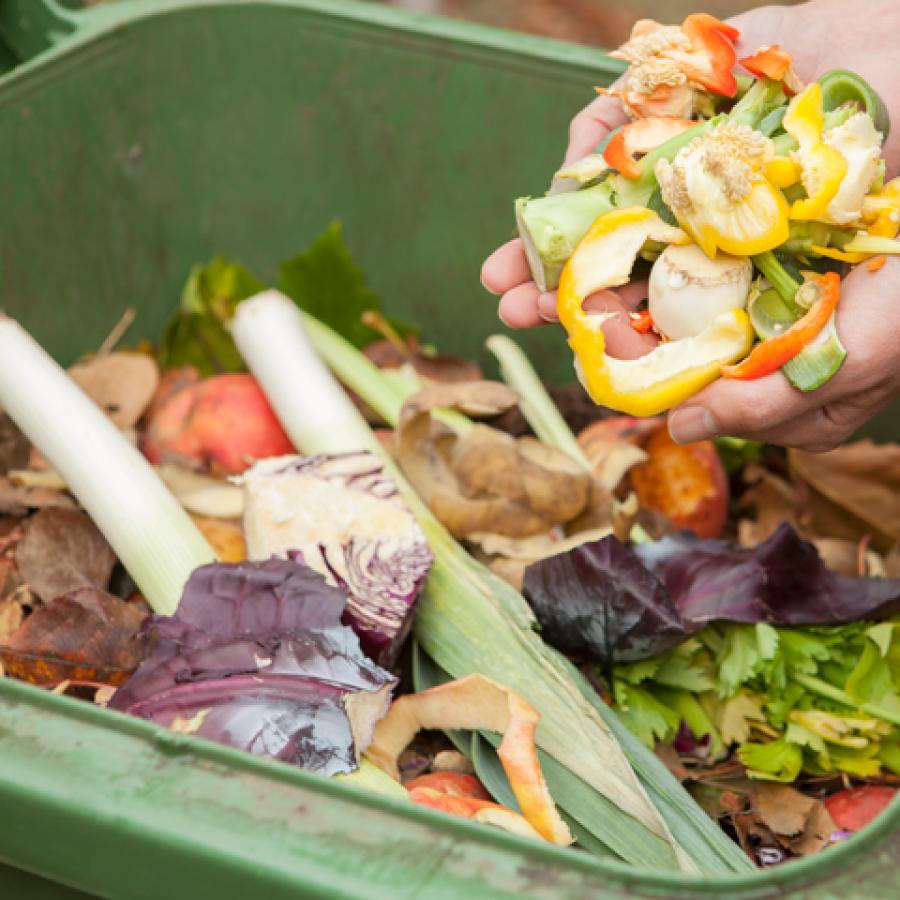Equitable Food Systems Resource Guide
From production to disposal, our food system affects nearly all aspects of everyday life. This $1.8 trillion industry employs nearly one in seven U.S. workers, makes up the third largest household expense after housing and transportation, transforms the built and natural environment, and significantly impacts our health.[1] The food system also serves as a powerful vehicle for social cohesion, community connections, and cultural traditions.
Our current system is deeply inequitable, which threatens the health and economic vitality of communities across the country. The benefits of the food system are out of reach for far too many people, particularly low-income people, people of color, and people living in rural and tribal areas. As our country increasingly diversifies, people of color make up a growing share of food workers and food consumers, and they bear a disproportionate burden of poorer health and economic outcomes as a result of the sector's structural inequities. Nearly 40 million individuals live in areas without easy access to fresh, healthy, affordable food options, [2] and many of the more than 21 million workers across the food system face substandard working conditions and wages so low that they are unable to buy for themselves or their family the very food that they grow, harvest, deliver, or serve.[3]
An equitable food system is one that creates a new paradigm in which all — including those most vulnerable and those living in low-income neighborhoods and communities of color — can fully participate, prosper, and benefit. It is a system that, from farm to table, from processing to disposal, ensures economic opportunity; high-quality jobs with living wages; safe working conditions; access to healthy, affordable, and culturally appropriate food; and environmental sustainability.
Dismantling racial, economic, and other structural inequities in the food system is critical to ensuring that everyone can participate, prosper, and reach their full potential. In communities across the country, community-driven solutions and innovative policies are beginning to dismantle these inequities by making structural and policy shifts toward a food system that is equitable, inclusive, and sustainable. Community residents, advocates, and local leaders are coming together to envision a food system that can revitalize local economies, improve the health of and wages for workers and consumers alike, and enhance the quality of life for millions of individuals, particularly those most vulnerable.
Moreover, the various components of the food system are interconnected and interdependent. For example, the methods used to grow food affect aspects of retail (such as prices paid by consumers) and the practices of retailers affect aspects of food recovery operations (such as good-faith donations).
This resource aims to provide advocates, community leaders, entrepreneurs, consumers, and residents alike with a comprehensive, actionable framework to understand not only what an equitable food system can look like, but also the opportunities that exist across each sector to advance equitable food system goals through systems and policy change. The equitable food system framework outlined here primarily focuses on examples of issues, policies, and practices found in California. The state is the nation's most populous, is the most prolific food producer in the U.S., and reflects the diversity of populations and communities that are increasingly common throughout the country. In some respects, California is a microcosm of the food equity issues seen across the U.S., and in other respects, it is simply one piece of the larger national and global connected system. This toolkit also contains references to examples and issues in other regions. Many of these references help deepen our understanding of the historical and current barriers to equity in our food system. Moreover, a variety of promising approaches being used in jurisdictions across the country are drawn upon as real advances in crafting an equitable food system.
Movements for social justice and racial equity that are focused on food are proliferating and taking up new challenges continually, and the breadth of these movements goes beyond the framework presented in this toolkit. We take heart and learn from urban agriculture efforts that provide decent jobs for the formerly incarcerated, Indigenous communities reclaiming traditional farming methods as part of a drive for food security and sovereignty, grassroots campaigns against pesticides, and many other forms of innovation and policy change, and we look forward to regularly expanding the amount and type of information in this resource.
In the accompanying graphic and interactive sections, we delve into five key sectors across the food system.

- Production: Network of farms, ranches, and fisheries that use natural resources, capital, labor, and other inputs to cultivate food
- Processing: Network of factories and facilities that transform agricultural goods into a range of food products for consumption
- Distribution: Network of aggregators and shippers responsible for transporting food products across the supply chain by land, air, and sea
- Retail: Constellation of stores of all kinds and direct-to-consumer and other operational models that transact the final sale of food products to customers and consumers
- Recovery, recycling, and waste: Network of municipalities, companies, and nonprofits that handle remainder, discarded, expired, and unused food from numerous end points along the supply chain
Each section includes the following information about the food system sector.
- Equity snapshot: An overview of the sector and who benefits, who pays, and who determines policies that shape the sector
- Model policies: Examples of policies that advance equity in the sector
- Equity in action: Examples of equity-driven efforts in the food system sector
- Resources and tools: Additional resources and tools from organizations in the field




